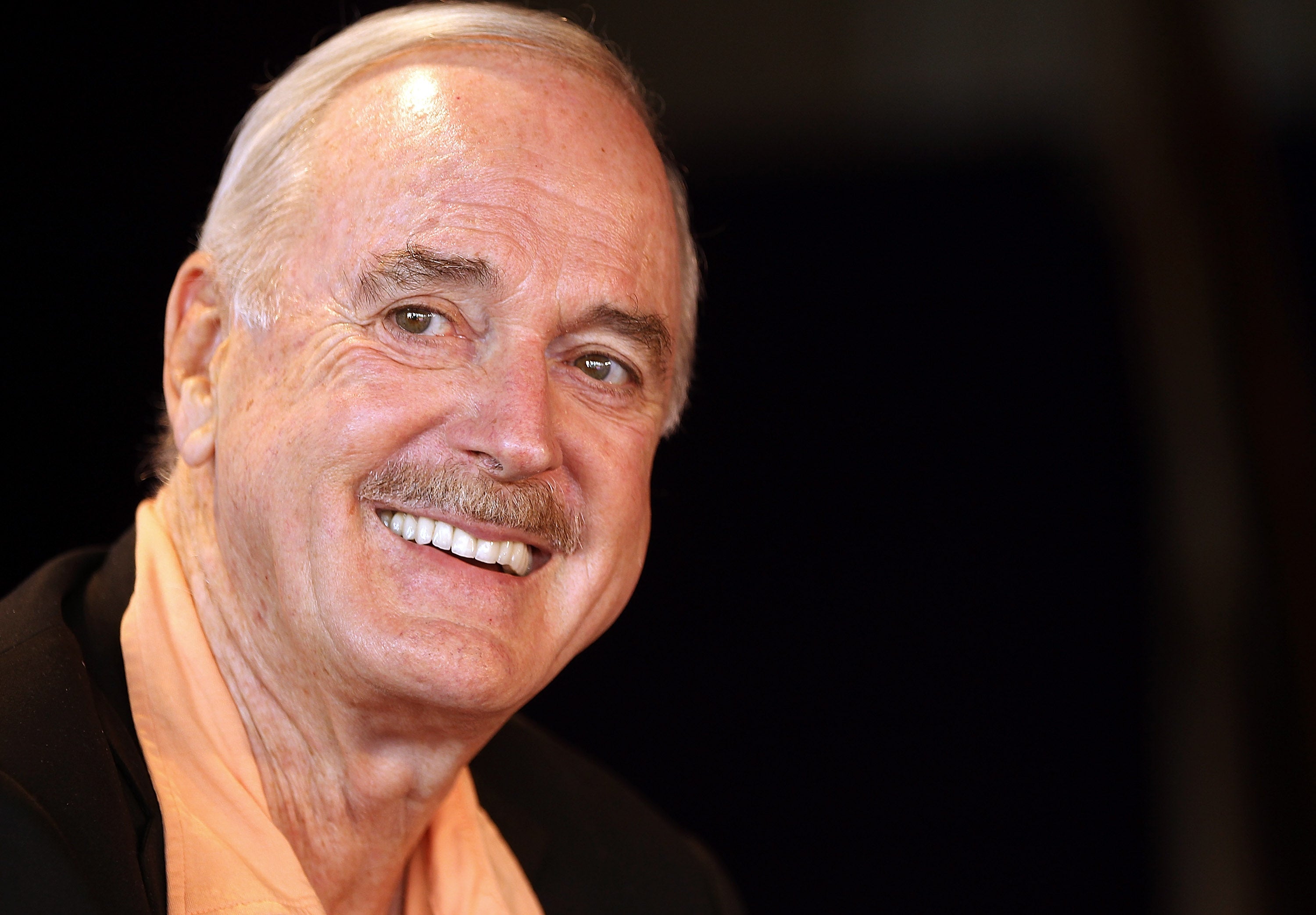“I always find that if two (or more) of us throw ideas backwards and forwards I get to more interesting and original places than I could have ever have gotten to on my own” (Cleese, John 1991)

In our most recent tute, tasked with coming up with an ensuing plot and ending for an extended version of the 2002 French short film “J’attendrai le suivant (I’ll wait for the next one)”, our group, like some others in the class, touched on some fairly outlandish ideas during our discussion, before agreeing on a final story. Someone would propose something, and we’d extend the idea as far as possible, even if it became, as it often did, unbelievable and humorous. However, it was important that we submitted these ideas to a wider discussion, rather than just going with our sustained point of focus. This is something that John Cleese actually recommends in his lecture “On Creativity”, stating:
“Once we’ve taken our decision [read: idea], we should narrow our focus while we’re implementing it, and then after it’s been carried out, we should once again switch back to the open mode to review the feedback arising from our action in order to decide whether the course we have taken is successful … we tend to maintain tunnel vision at times we really need to step back and contemplate the wider view.”
Through this method of narrow focus and then group review, we’d be able to select portions of our extended discussion and incorporate them into our final story. What in many ways appeared to be a fruitless and insincere discussion ended up producing some “serious” and useable ideas and forming the core of our story.
However, it wasn’t the outlandish nature of our conversations that produced and honed our story, but rather the collaborative nature of our discussion. It was important that we as individuals or even pairs going down a particular path, extending a particular idea, had others to reel us in; many times, someone would pull someone up an idea for being too unrealistic, being too far removed from the existing story or not fitting the genre, tone and characters of our proposed story. When you’re stuck on a particular idea, although it’s useful for you to explore this idea to its fullest extent to extract all of its potential, you also need something to make sure you stay within the boundaries of the story you are aiming to tell, which more often than not is a collaborative partner of some kind (as discussed in this week’s reading).

The collaborative process wasn’t only important in limiting the scope of our ideas but also in their expansion. As an individual, when exploring an idea it feels like you stay on one track, following one aspect of the idea and, most times unintentionally, ignoring the others. However, by simply verbalising your idea to another person, you can elicit in them an entire range of other perspectives and possibilities from your starting point. Discussing an idea in a group, then, even one that you feel you have fleshed out to its fullest, is important for realising its full potential.
In terms of relating this to my own practice: in the past I have rarely asked others for this sort of creative input into works I’ve created; although I might consult with other people once I have the story fleshed out and in some sort of demonstrable form, I don’t think I’ve ever collaborated or consulted with others on the actual underlying ideas. However, I can now see the strength of doing so; by using this “back and forth” collaborative method, you’re able to, more times than not, reveal the most effective and fitting possibility for every thread of your story idea. Although you might have a set starting and ending point to your story, your exploration of what can happen in between may not be exhaustive; therefore, collaborating or consulting with someone else seems advisable. Although we haven’t embarked on any solid creative projects so far this semester, I’ll keep this exercise in mind and make sure to present things to my peers in the future.